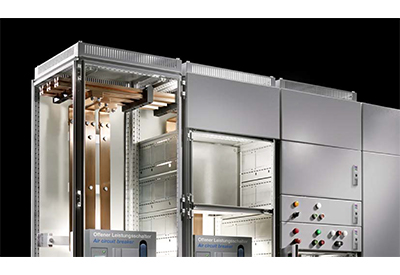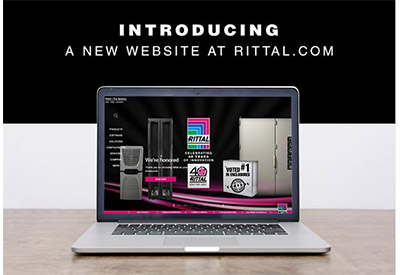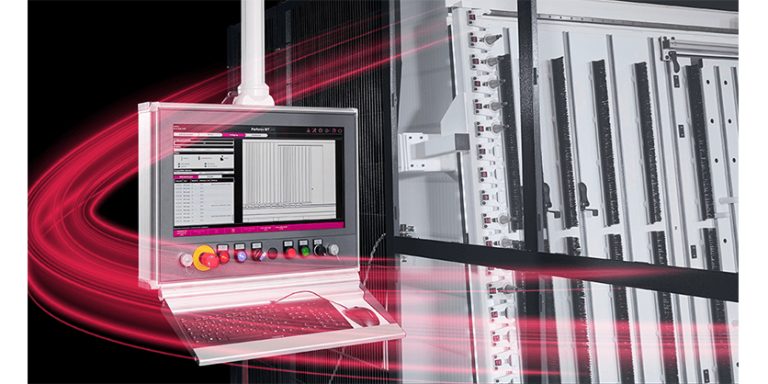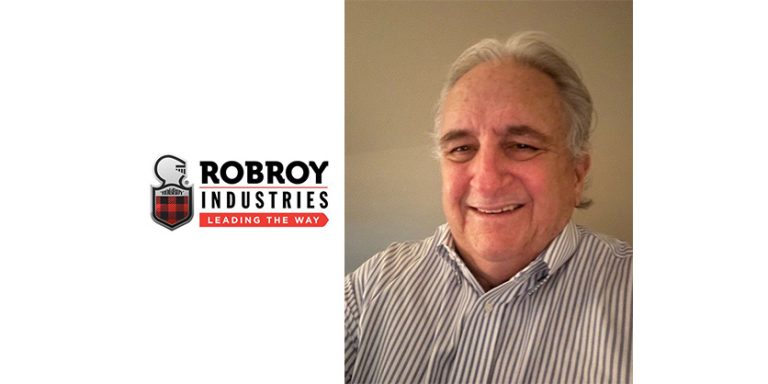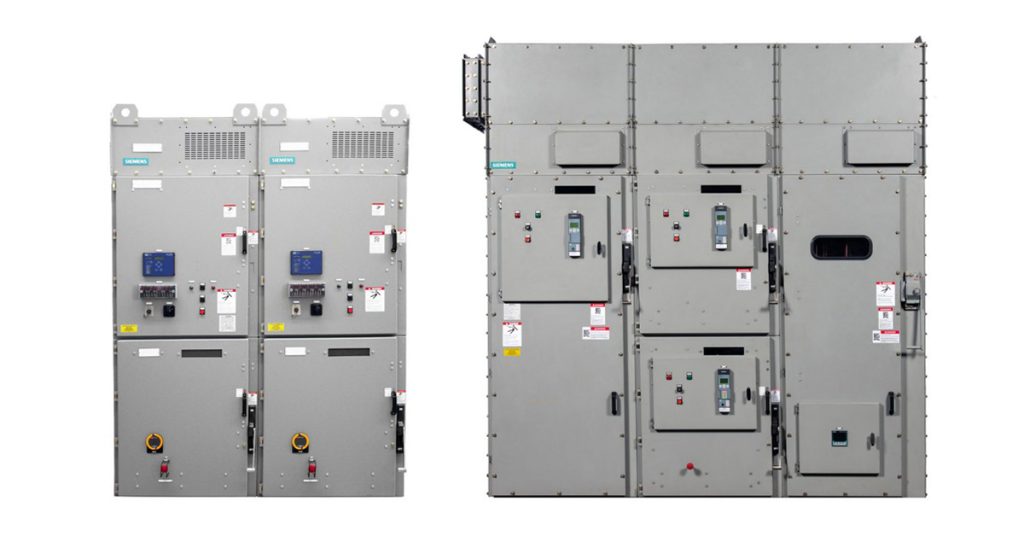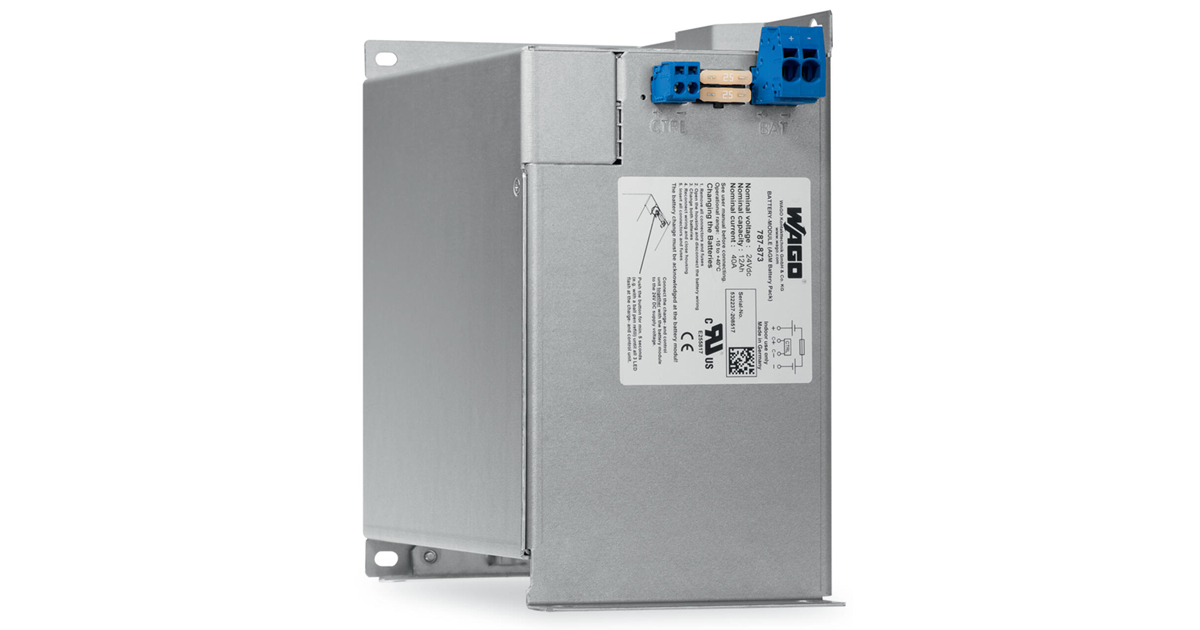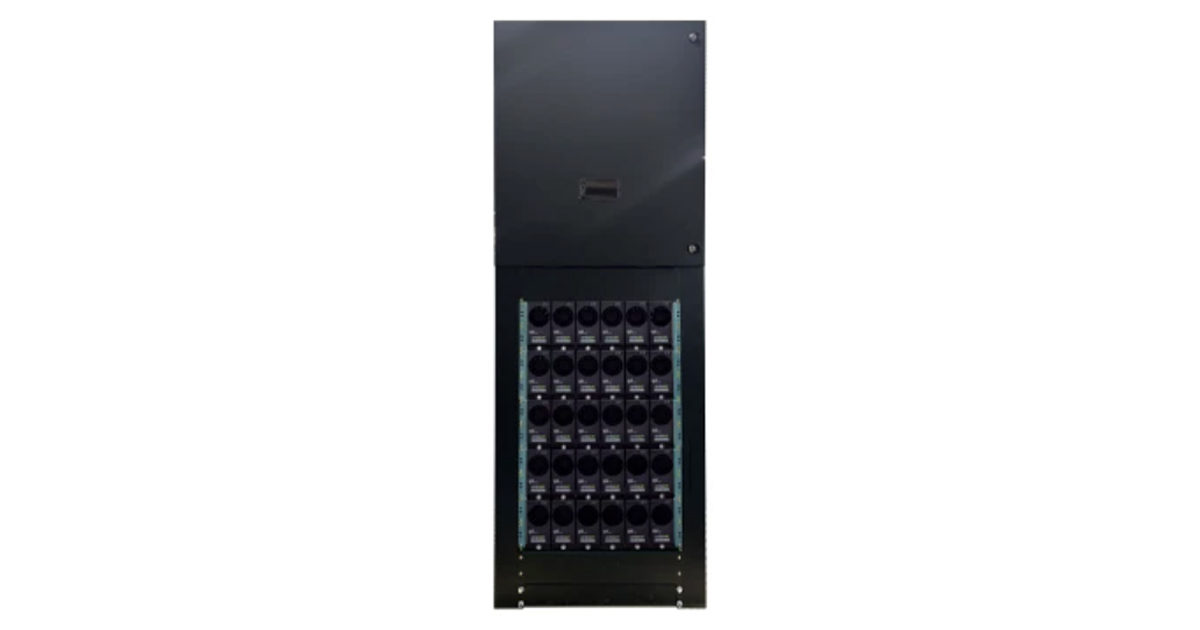What to Know About Cooling High-Density Data Centers
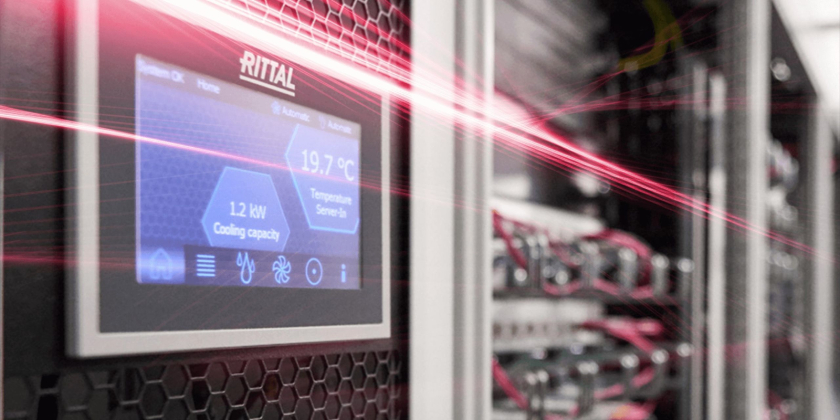
August 20, 2024
The introduction of AI and the rapid increase in demand for IT computing is resulting in the need for more high-density data centers to process and leverage extremely large amounts of data. A recent report found that more than 60% of IT operators plan to increase the number of server racks in the IT infrastructure to handle the computing demand and that such increases will likely push the global IT market to more than $5 trillion in 2024.
High-density data centers — loosely defined as any data center that uses more than 10 to 12kW per rack — are quickly becoming the backbone of the IT world, but there are various concerns data center operators must account for when bringing new data centers online — chief among them is the ability to effectively cool the large number of IT racks to ensure reliable, consistent performance.
With this in mind, we’ll look at a couple of key factors operators need to consider when creating adequate cooling for high-density data centers.
High-density data centers produce high thermal loads
With more IT racks and enclosures comes more computing power, and with more computing power comes increased thermal loads that data center operators need to remove from server racks to ensure reliable performance and a maximized service life. In order to effectively remove heat from sensitive IT equipment, data center operators need to prioritize a more closed-loop cooling solution that transfers heat outside the data center quickly and efficiently.
Rittal’s Liquid Cooling Package (LCP) solutions use a closed-loop IT cooling approach that removes high heat loads from greater equipment densities. What’s more, liquid cooling packages can be a flexible, versatile solution to help network engineers adapt to challenging deployments.
Plus, Rittal LCP cooling can support high-density heat loads of up to 53kW in AI applications, and the closed-loop nature of our LCP units helps reduce waste and promote more efficient cooling.
High-density data centers have significant space restrictions
The ability to engineer such high-level computing power comes with various challenges, the first of which is the sheer number of server racks required and the physical space these racks consume inside a data center. The more space these racks account for, the less space there is for the targeted, powerful cooling units necessary to ensure optimal operating conditions — depending on the size of an installation, a traditional computer room air conditioning unit may just not be a viable option.
These space restrictions mean data center operators need server rack cooling units that are modular in design and flexible in deployment. Plus, data center operators need IT cooling units that can be scaled quickly to minimize the possibility of downtime and maximize computing processes.
Rittal’s LCP cooling units can be easily scaled to meet demand without sacrificing targeted, precise airflows. For example, Rittal’s modular LCP IT cooling units can be configured to support single or bayed IT enclosures, and front and rear unit access simplifies maintenance and troubleshooting tasks.
This rapid scalability — combined with the tool-free process of replacing fan modules or other component parts — makes Rittal’s LCPs ideal to handle the challenges of scaling or customizing IT equipment in a high-density data center.
High-density data centers can be costly to cool — but they don’t have to be
The powerful, consistent cooling that comes with removing heat from high-density data centers can have significant ramifications in energy consumption and costs. The continued call for more sustainable energy practices in modern manufacturing adds an additional layer of urgency for data center operators to create targeted, high-efficiency cooling outputs that amplify computing performance.
This task is made even more difficult when you take into the account the space restrictions and extremely high thermal loads that come with high-density data centers. However, with Rittal’s LCP solution for these kinds of data center environments, data center operators can provide powerful cooling with a focus on conserving energy usage and costs.
Aside from precise cooling outputs designed to target and control the temperature of specific IT racks, our LCPs can deliver energy cost savings through:
- Reduction in fan power consumption
- Higher server inlet temperatures
- Elevated chill water supply temperatures
- Ability to use other facility water sources
- Reduction or elimination of air-cooled components
The use of EC fan technology and comprehensive software for local and remote monitoring, network notifications, and real-time cooling data and analytics help to ensure high performance on a 24/7 basis. This helps create more efficient cooling, and it also helps data center operators save time, money, and resources by creating a more proactive approach to maintenance intervals.
Rittal’s dedication to targeted, efficient IT climate control can help you increase efficiency and performance while also future-proofing your data center for whatever high-density computing brings in the short or long-term future.


